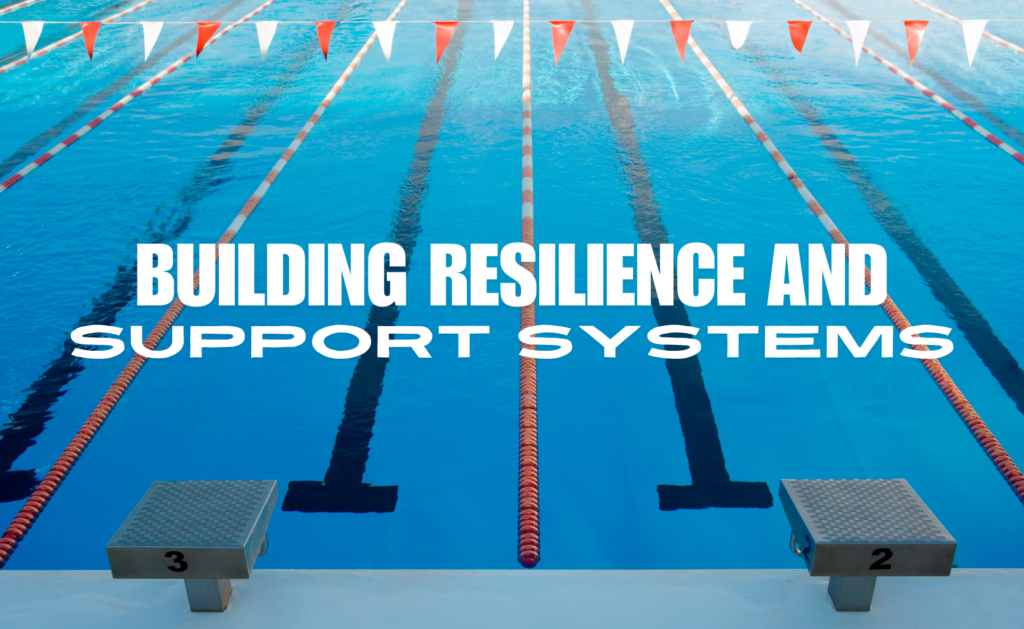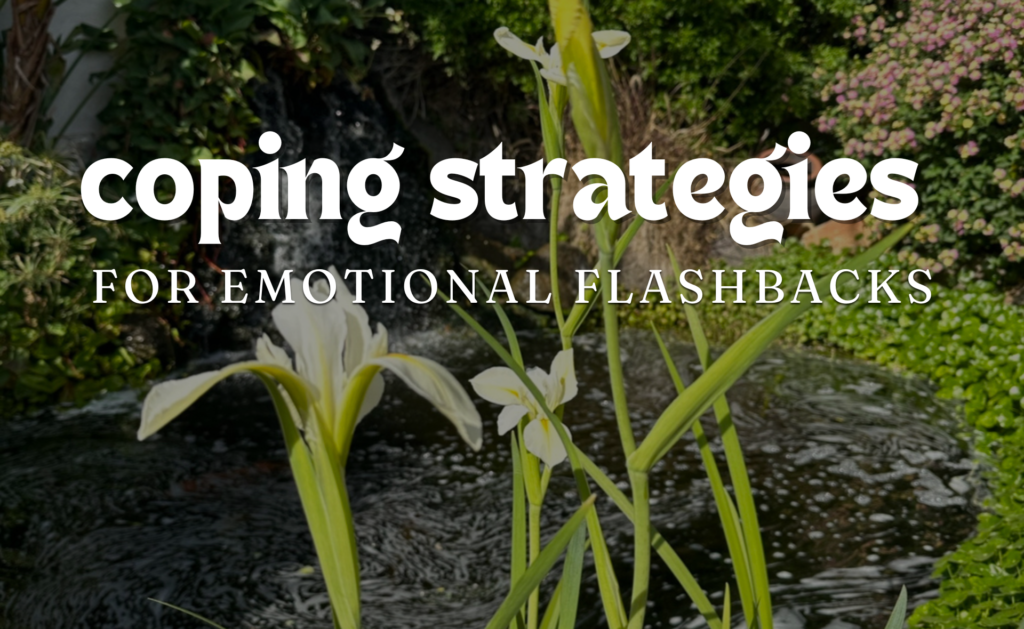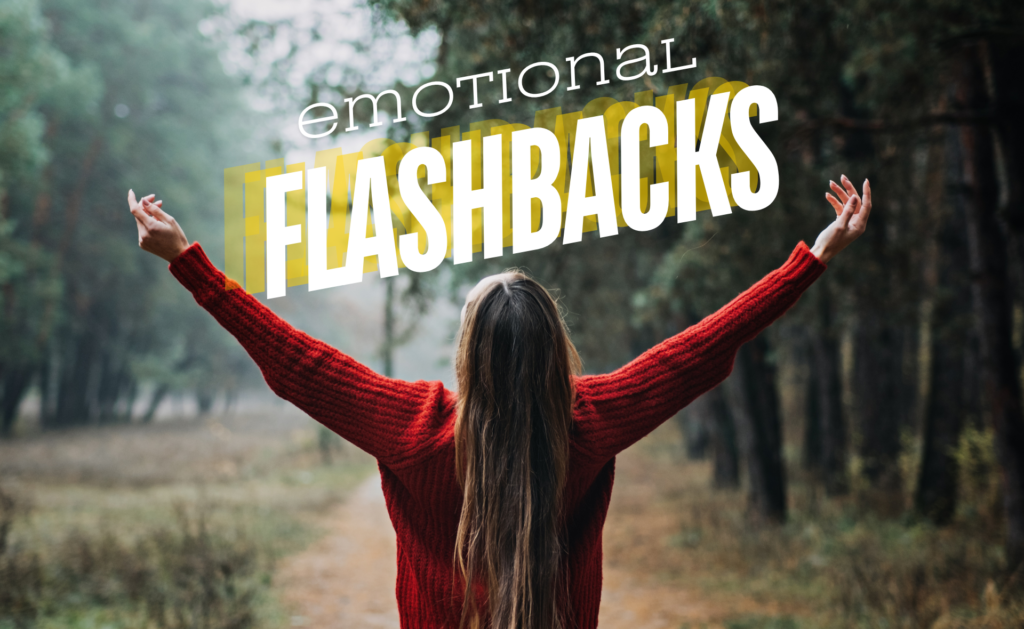Living with cPTSD and experiencing emotional flashbacks can be overwhelming, but developing effective coping strategies can significantly improve your quality of life. In this part, I’ll share a few techniques and personal strategies that have helped me manage and reduce the impact of emotional flashbacks.
Coping Strategies and Mechanisms for Emotional Flashbacks
Techniques to Manage and Reduce the Impact of Flashbacks
Managing emotional flashbacks involves a combination of techniques that can help ground you in the present moment and reduce the intensity of the emotional surge. Here are some strategies that have proven effective:
- Deep Breathing: Slow, deep breaths can help calm your nervous system and bring your focus back to the present.
- Visualization: Imagining a safe place or a calming scene can help divert your mind from the flashback.
- Positive Affirmations: Repeating reassuring statements to yourself can help counteract negative emotions.
Personal Strategies That Have Been Effective
Through trial and error, I’ve discovered several strategies that work well for me. Keeping a structured routine, staying physically active, and engaging in creative activities like drawing or writing have been particularly beneficial. These activities not only distract me from the flashbacks but also provide a sense of accomplishment and normalcy.
Grounding Techniques as Coping Strategies
Grounding techniques are methods that help anchor you to the present moment, diverting your attention away from the distressing emotions of a flashback. These techniques often involve engaging your senses or focusing on your immediate environment.
- Sensory Grounding: Touching or holding an object with a distinct texture, listening to specific sounds, or smelling a familiar scent can help ground you.
- Physical Grounding: Stamping your feet on the ground, tapping your body, clenching and unclenching your fists, or feeling the temperature of a cold or warm object can bring your focus back to the present.
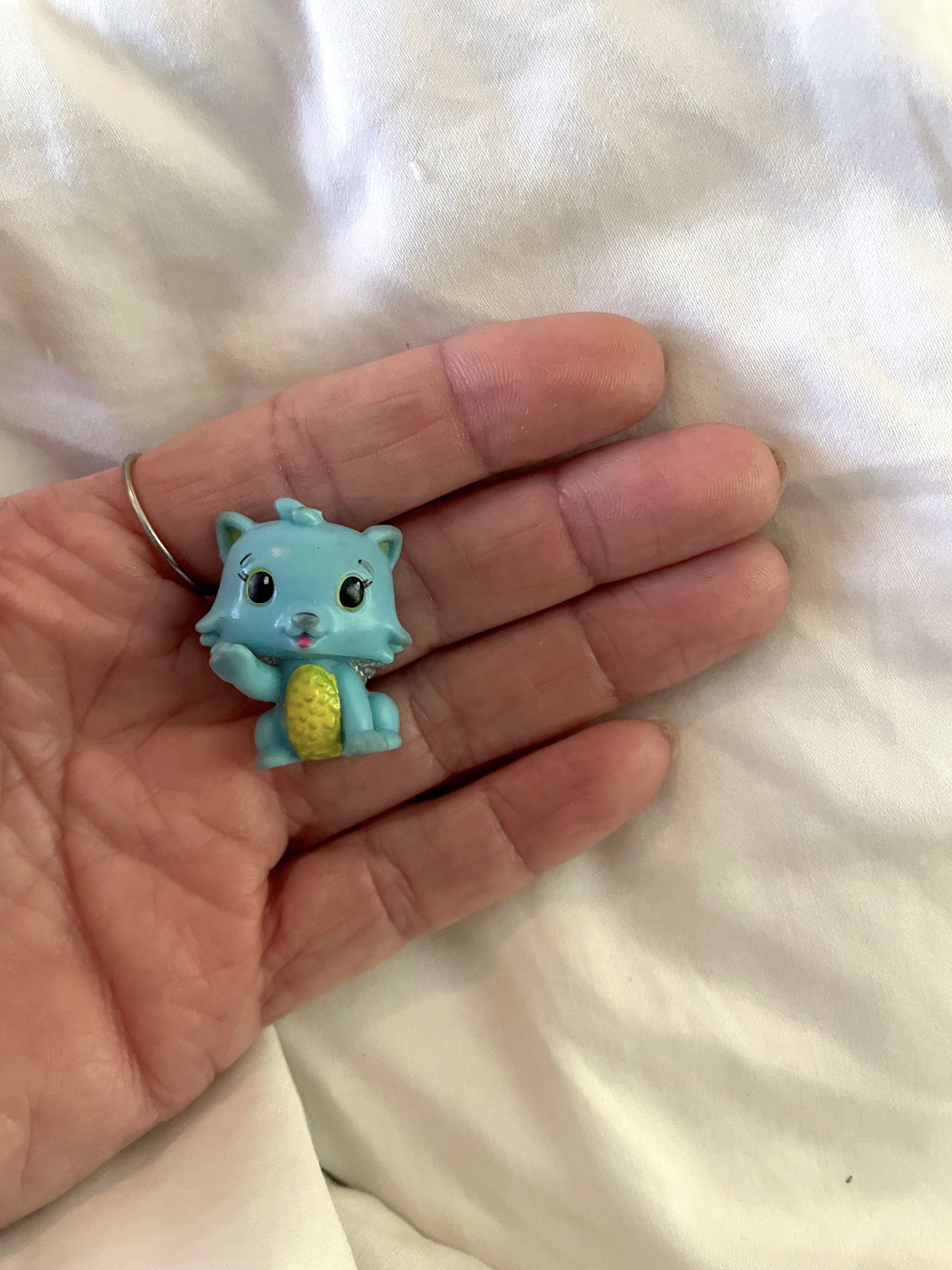
Personal Experiences with Grounding
One grounding technique that has worked for me is carrying a small, textured object in my purse that I can pull out and use when I start feeling anxious. Simply having the object in my hand and moving it around helps keep me grounded. When I feel a flashback coming on, I hold the object and concentrate on its texture, which helps me stay connected to the present moment.
Another effective method has been tapping. By gently tapping my leg when I’m sitting down or while walking and running, I can keep my mind engaged in the present moment. This simple technique engages my senses and helps me stay grounded.
Mindfulness and Meditation as Coping Strategies
Benefits of Mindfulness and Meditation
Mindfulness and meditation practices are powerful tools for managing emotional flashbacks. These techniques help increase awareness of your thoughts and feelings, allowing you to respond to them with greater calm and clarity. Regular practice can reduce stress, improve emotional regulation, and enhance overall well-being.
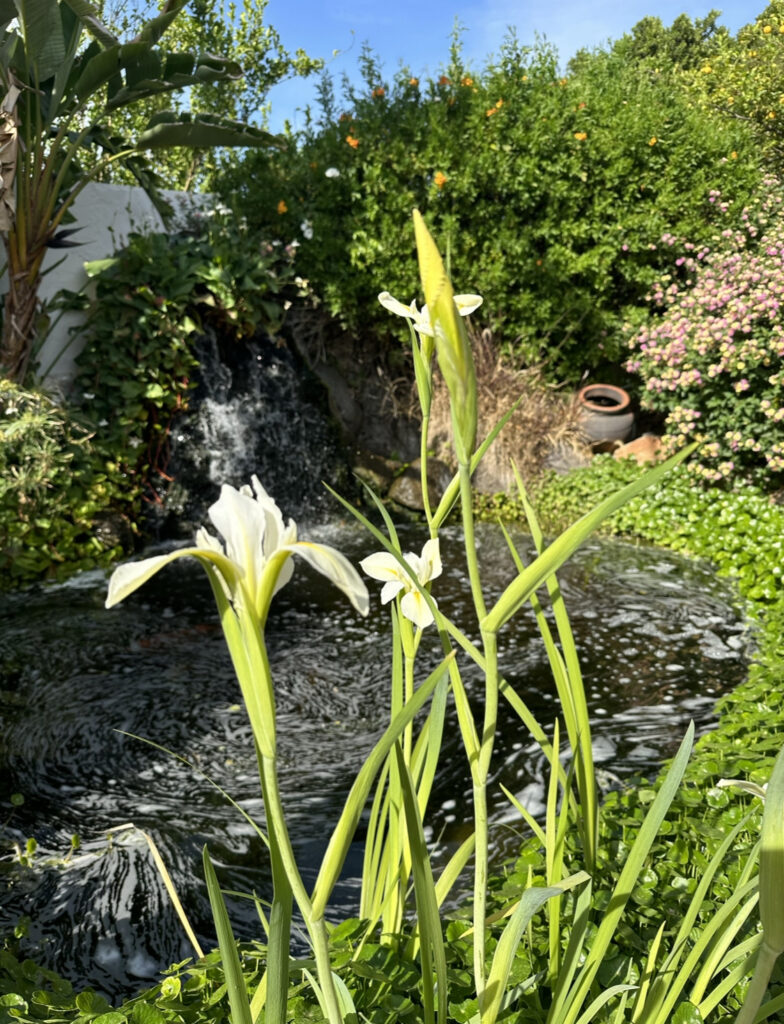
Personal Practice and Its Effects
Incorporating mindfulness into my daily routine has been transformative. I start each day with reflection through journaling and reading, which helps set a positive intention for the day.
During flashbacks, practicing mindfulness helps me observe my emotions without getting overwhelmed by them. This non-judgmental awareness has made it easier to navigate the intense feelings associated with flashbacks.
Ways to incorporate mindfulness and meditation into your daily routine include journaling, breath-work, meditation, yoga, reading, and more. Find what works best for you!
Check out my journaling and bullet journal recommendations on Amazon!
If you don’t have a place where you feel like you can sit, breathe and meditate, I recommend your nearest park, coffee shop or just a walk around the block!
Therapy and Professional Help as Coping Strategies
“No man is an island, entire of itself; every man is a piece of the continent, a part of the main.” – John Donne
While self-help techniques are valuable, seeking professional help is crucial for managing cPTSD and emotional flashbacks. Therapists can provide personalized strategies and support, helping you understand and process your trauma.
Personal Experiences with Therapy
Working with a therapist has been an essential part of my healing journey. Through therapy, I’ve learned to identify my triggers, develop effective coping mechanisms, and process my trauma in a safe and supportive environment.
Techniques like cognitive-behavioral therapy (CBT) and eye movement desensitization and reprocessing (EMDR) have been particularly helpful in reducing the frequency and intensity of my flashbacks.
Looking Back and Moving Forward
Understanding and managing emotional flashbacks is a crucial part of living with cPTSD. By incorporating effective coping strategies such as grounding techniques, mindfulness, and seeking professional help, it’s possible to reduce the impact of these intense emotional experiences. If you missed Part 1, where I discuss what emotional flashbacks are and how to recognize them, you can read it here.
Stay tuned for Part 3, where I will explore building resilience and support systems, and share personal insights on how to foster a supportive environment for healing. Together, we can continue to navigate the complexities of cPTSD and find strength in our shared experiences.

